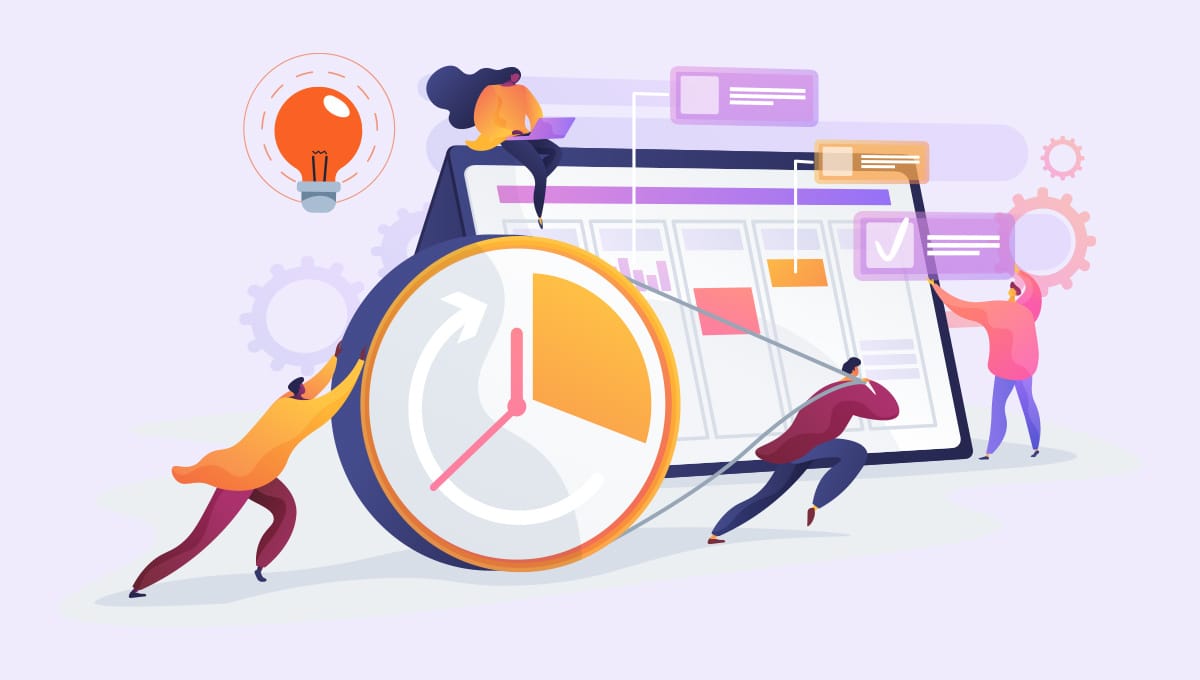Reskilling and Upskilling: Adapting Skills to Changing Demands

As the demand for new capabilities continues to accelerate, reskilling and upskilling present opportunities for organizations to develop the necessary skills to stay competitive. According to projections by the Forum, by 2025, up to 85 million jobs could be displaced by changes in the division of labor between humans and machines. However, this also opens up the potential for 97 million new roles to be created, driven by technological advancements and ongoing digital transformation. Even for those who can remain in their current roles, it is expected that 40% of core skills will need to change. This highlights the urgent need for reskilling and upskilling in every job, department, and company. With significant changes on the horizon by 2025, the time to start is now.
In this discussion, we will explore the distinctions between reskilling and upskilling and how these approaches can better equip your organization to navigate future industry changes.
Reskilling vs. Upskilling
As defined by the Cambridge Dictionary:
- Upskilling refers to the acquisition of new skills or the act of providing workers with new skills.
- Reskilling refers to the acquisition of new skills in order to perform a different job or the training of individuals for a different job role.
Reskilling involves identifying individuals with “adjacent skills” that closely align with the new skills needed by your company. It offers a sideways learning experience that can facilitate the extensive reskilling necessary for employees in today’s workforce. The World Economic Forum predicts that by 2025, half of all employees will need to undergo reskilling to keep up with technological advancements.
On the contrary, a culture of upskilling focuses on equipping employees with new and advanced skills to bridge talent gaps. It entails actively involving team members in ongoing education and supporting their progress along their career trajectory. These employees, who may have been with your organization for a considerable time, have a deep understanding of your company’s culture and customers. According to LinkedIn Learning, when companies make substantial investments in their employees’ career development, up to 94% of workers express a preference to stay with the organization for a longer duration.
Although the majority of organizations recognize the potential of workforce development programs in bridging the skills gap, many are hesitant to take immediate action due to financial limitations and the absence of appropriate technology to support internal initiatives. However, failing to act promptly jeopardizes your company’s long-term goals, as the absence of necessary skills can hinder your ability to meet those objectives.
“What’s the solution? Let’s explore career pathing”
Implementing structured career pathing is one of the most effective methods to incorporate reskilling and upskilling in your organization. Career pathing entails employees mapping out their personal career development journey. By creating a career pathing program, you can align your employees’ career aspirations with your organization’s business objectives, thereby integrating reskilling and upskilling strategies into your business.
Successful career pathing strategies are based on a competency-based approach. This allows your organization to evaluate and assess the specific competencies necessary for each unique role, as well as understand the skills development required for employees transitioning into new positions.
A career path is unique to each individual employee and assists them in breaking down the necessary steps to achieve their long-term career goals, whether through lateral moves or promotions. It requires an understanding of the knowledge, skills, and personal attributes needed, helping identify the specialized skills and additional training necessary to fulfill their aspirations.
The Benefits of Career Pathing
Implementing career pathing within your organization offers several benefits, such as:
- Meeting Future Demand: By identifying the existing capabilities, you can focus on developing key skills in your current workforce to meet future demand.
- Identify Hidden Skills: Career pathing enables employees to evaluate and analyze their own skills, uncovering untapped potential that the organization may not be aware of.
- Create a Culture of Talent Mobility: In today’s competitive talent landscape, employees seek employers who prioritize their long-term career development. Implementing a career pathing strategy not only attracts top talent to your organization but also enhances employee motivation and retention. By enabling internal mobility, both horizontally and vertically, career pathing visibly showcases your organization’s commitment to its workforce.
In the face of rapid digital transformation, an effective career pathing strategy that incorporates reskilling and upskilling is crucial for both employees and HR. It is imperative for your organization to prioritize talent development in order to stay ahead in the evolving skills market.
Here at CourseMonster, we know how hard it may be to find the right time and funds for training. We provide effective IT Certifications that enable you to select the training option that best meets the demands of your company.
For more information, please get in touch with one of our course advisers today or contact us at training@coursemonster.com




Comments ()